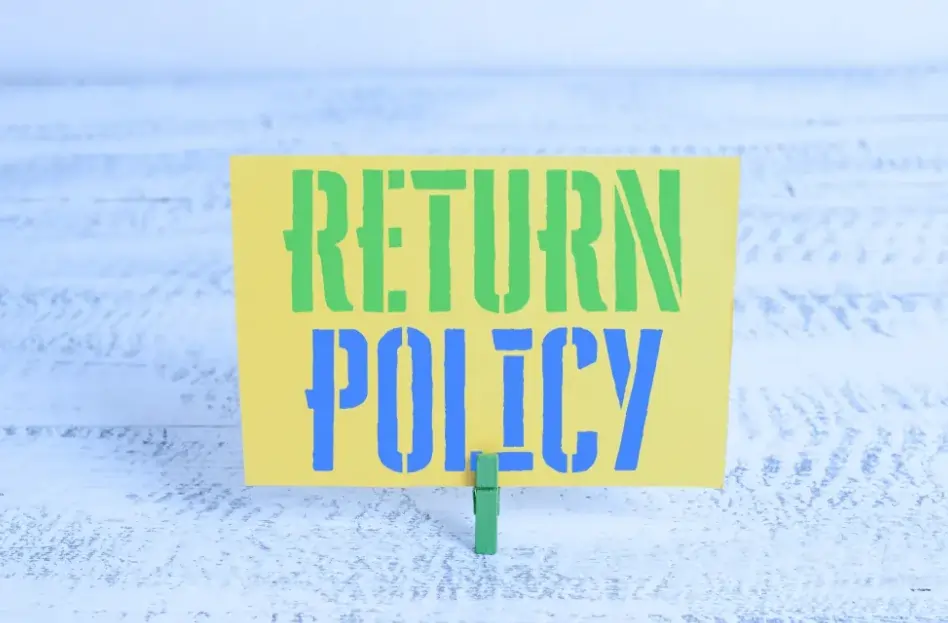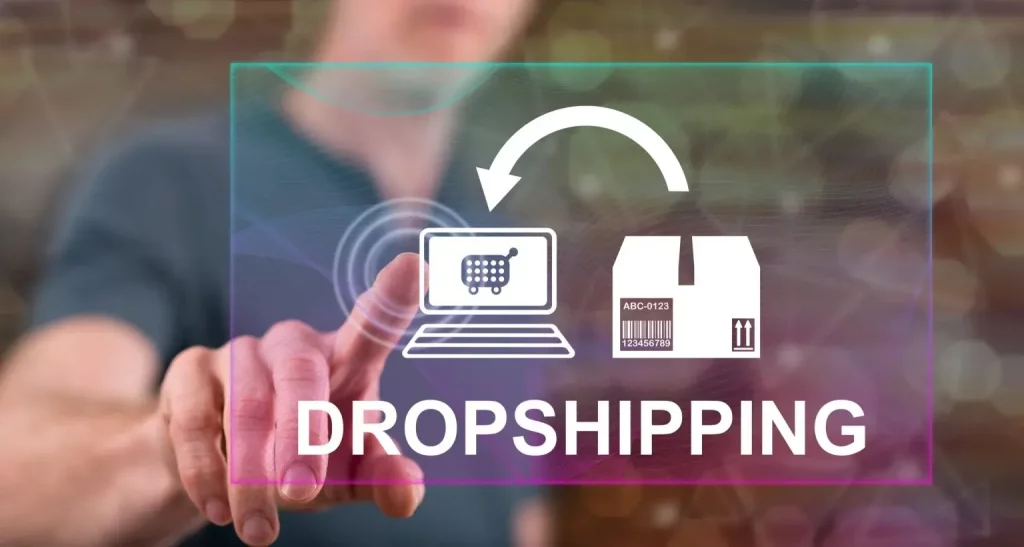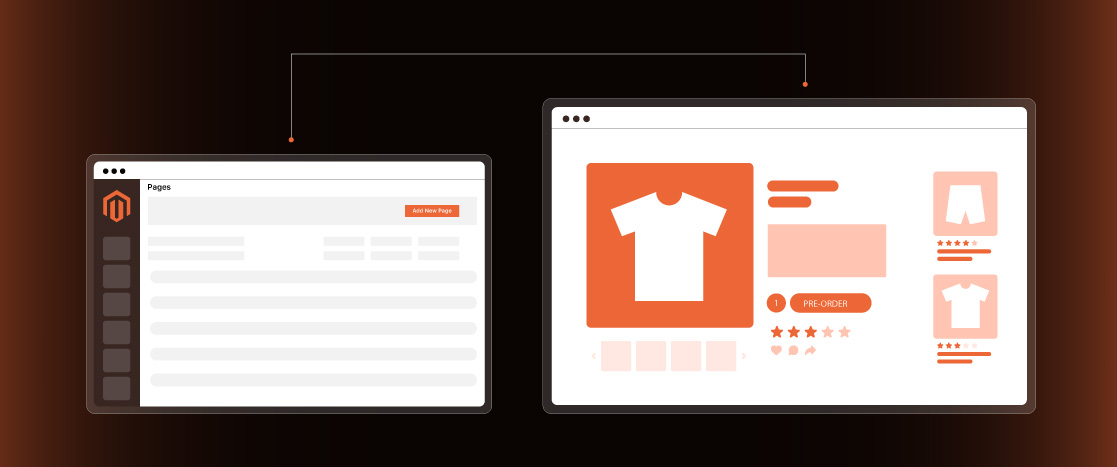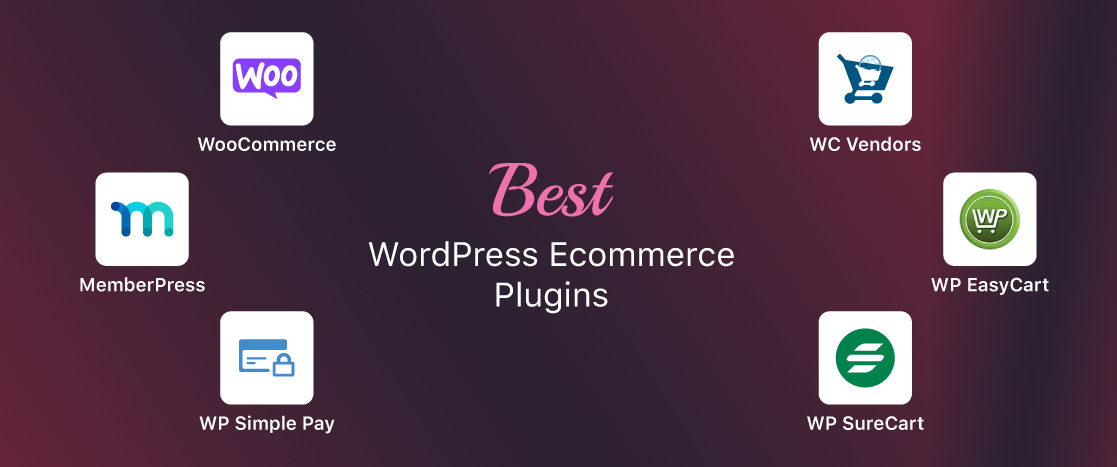
How to Handle Dropshipping Returns And Refunds
Dropshipping has grown in popularity as a product offering strategy. The technique of selling goods that you never actually own is known as dropshipping. As a seller, you will advertise goods in your online store, but you will only place the purchase and pay the supplier when a consumer places an order.
Having up-to-date inventory information for every third-party good you sell is essential for dropshipping success. This information lets you know you can fulfill clients’ orders. While it could take longer to complete orders than it would if you were in charge of the process directly, dropshipping allows you to pass on the savings to your consumers because your shopfront costs are so low.
Up to 23% of all e-commerce sales come from dropshipping, a successful and feasible business strategy that retailers can swiftly implement.
You can create a successful dropshipping store in almost any product category, from dog supplies to sportswear to Christmas decorations. To do so, you must select reliable suppliers who can deliver high-quality goods on schedule, create a marketing plan to increase website traffic and use a marketplace like Shopify to manage order tracking and handle payments.
However, today’s returns procedure is crucial to providing a positive customer experience. Consumers anticipate simple, inexpensive, and ideally free returns; if not, pricing should be low enough to make them feel the risk is worthwhile.

Understanding the Challenges of Dropshipping Returns
Managing returns and refunds in a dropshipping model presents unique challenges. Unlike traditional e-commerce models, where businesses handle inventory, dropshipping business owners rely on suppliers to manage stock, shipping, and product quality. This can create complications when a customer wants to return a product.
Limited Control Over Product Quality and Shipping
One of the primary challenges of handling returns in dropshipping is the need for more control over product quality and shipping times. Since dropshipping businesses don’t physically handle products, quality issues can arise without the owner’s direct knowledge. For example, products might arrive damaged, defective, or not as described, leading to customer dissatisfaction and a higher return rate. Similarly, delayed shipments or wrong item deliveries are standard in dropshipping, which can also result in customer frustration and the need for returns.
As a dropshipping business owner, understanding these risks is crucial for devising strategies to mitigate such challenges. While you can’t prevent these issues entirely, you can take proactive steps to handle them effectively when they arise.
Managing Return Requests with Suppliers
Handling returns in a dropshipping business requires close coordination with your suppliers. Suppliers often have their return policies, which may or may not align with your store’s policies. Establishing a straightforward process for working with suppliers to facilitate returns is essential. Without clear communication, the return process could become lengthy or complicated, causing further frustration for the customer.
Choosing responsive, reliable, and transparent suppliers about their return policies is essential. An agreement regarding returns and refunds can significantly ease the process when issues arise.

Developing a Clear Dropshipping Return Policy
One of the most essential steps in managing returns and refunds in dropshipping is developing a comprehensive and transparent return policy. Your dropshipping return policy is a document that outlines the terms under which customers can return products. A well-written return policy helps manage customer expectations and reduce confusion, preventing potential conflicts.
Set Clear Terms for Eligibility
When crafting your dropshipping return policy, one of the first steps is clearly defining the conditions under which a product can be returned. Specify the return time frame, such as whether customers can return items within 30, 60, or 90 days of receipt. Outline any conditions the product must meet to be eligible for a return, such as being unopened, unused, and in original packaging. If you charge restocking fees or impose specific conditions for returns, such as proof of purchase or photos of damaged products, make sure these are stated upfront.
Setting these terms helps eliminate customer confusion by providing clear instructions on returning products. It also protects your business by processing returns only under appropriate circumstances.
Define the Return Window and Refund Process
The next critical element of your dropshipping return policy is the time frame customers can request a return and the process they must follow. A clearly defined return window helps prevent issues where customers attempt to return items long after purchase. You should specify that returns can only be made within a certain period after the product has been delivered, such as 30 days, and include any instructions for initiating a return.
Additionally, the refund process should be clearly outlined. You can decide whether to offer refunds in the form of a store credit or a cash refund. Determine whether the refund will be issued in whole or whether deductions (such as restocking fees or shipping charges) apply. This reduces any ambiguity and ensures the customer knows what to expect.
Communicate Your Policy Clearly to Customers
One key to preventing disputes and improving customer satisfaction when handling returns in dropshipping is clear communication. Ensure that your dropshipping return policy is easy to find on your website, ideally under the “Terms and Conditions” or “FAQ” section. Additionally, include the return policy in your order confirmation emails or on the checkout page. This will ensure customers are aware of the terms before they make a purchase.
Being transparent about your return policy helps set proper expectations and encourages customers to read and understand their rights. If customers know they can easily return items under specific conditions, they will be more likely to trust your brand and shop confidently.
How to Handle Returns in Dropshipping Efficiently
Once you have a clear return policy, the next step is to ensure that returns are processed efficiently. A smooth returns process enhances the customer experience, helps maintain positive relationships with suppliers, and minimizes financial losses.
Automate the Returns Process
Automating the returns process can save significant time and reduce human error in dropshipping. You can use returns management software (RMS) or integrate your store with third-party apps that automate return requests and authorizations. Automating the returns process makes it easier for both customers and your team, allowing faster processing and fewer manual interventions.
Automation tools can generate return labels, provide customers with tracking information, and even offer instant updates on the status of their returns. Automating these steps improves efficiency and helps you stay on top of returns, ensuring you process them in a timely manner.
Offer Multiple Return Options
Offering your customers multiple options for returning products can improve the overall experience and ensure higher satisfaction. For example, you can provide customers with return labels, offer free returns for specific product categories, or allow for returns to be made at a nearby drop-off point. Giving customers flexibility in how they return products can reduce friction in the returns process and increase the chances of retaining them as future buyers.
Offering a variety of return options can also benefit your dropshipping business. It can streamline the returns process, reducing the chances of customers abandoning their return requests or leaving negative reviews.
How to Manage Refunds in Dropshipping
Managing refunds is a crucial component of the returns process. A seamless and timely refund process enhances customer trust and loyalty. Ensuring that refunds are processed correctly and promptly will leave a lasting positive impression on your customers.
Coordinate with Suppliers for Refunds
Since your suppliers handle the fulfillment process, it’s important to establish a streamlined method of handling refunds with them. Work with suppliers who offer fair and timely refund policies, ensuring they are willing to process refunds quickly and according to your return policy. Establishing clear communication channels with your suppliers will help you resolve refund issues quickly and efficiently, providing a better experience for the customer.
When a return request is initiated, immediately inform your supplier so they can begin the process of receiving the returned product. Coordinate with them on the next steps for issuing a refund or offering a replacement, as appropriate.
Refund to the Original Payment Method
Refunding customers through their original payment method builds trust and enhances customer satisfaction. When customers request a refund, they expect the amount to be returned to their original credit card, PayPal account, or other payment method. Refunding to the original payment method also ensures transparency and consistency in how your business handles refunds.
Set a Standard Timeframe for Refunds
Providing a standard timeframe for issuing refunds is essential. Ideally, you should process refunds within 7 to 14 business days of receiving the return. Customers appreciate prompt refunds, and timely processing minimizes dissatisfaction. Clearly communicate this timeframe in your dropshipping return policy to set proper expectations with customers.

The Role of Communication in Dealing with Returns in Dropshipping
Effective communication is the cornerstone of handling returns and refunds in dropshipping. Clear, open, and timely communication with customers can resolve potential issues before they result in negative experiences.
Set Expectations Early
Setting clear expectations from the start can prevent many return requests. Make sure that customers are aware of your dropshipping return policy before they make a purchase, and be transparent about the return and refund process. By doing so, customers will know what to expect if they need to return an item, which can prevent disappointment and frustration.
Provide Timely Updates During the Return Process
Once a return has been initiated, ensure that you keep the customer informed throughout the entire process. Notify them when their return request has been received, when the item is being returned to the supplier, and when the refund is processed. Providing timely updates reassures the customer that their return is being handled promptly and that they will be compensated fairly.
Personalize Customer Interactions
Whenever a customer reaches out regarding a return, be sure to personalize your communication. Acknowledge their concern and show empathy, offering solutions that cater to their specific situation. Personalized communication makes customers feel valued, which can turn a potentially negative experience into a positive one.
Conclusion:
Handling returns and refunds efficiently is an essential component of running a successful dropshipping business. By developing a clear return policy, automating the returns process, and maintaining strong relationships with suppliers, you can minimize returns, reduce customer dissatisfaction, and ultimately improve your overall business performance. The key to managing returns effectively lies in being transparent, setting clear expectations, and offering exceptional customer service throughout the process.
FAQs
How do dropshippers handle returns?
You have two choices for the return procedure for dropshipping.
Dropshipping returns can be sent directly to you, or the supplier might be providing the return address.
What is the return rate for dropshipping?
Although this can vary greatly according to the product category, quality, customer service, and marketing methods employed, a typical dropshipping return rate can be anywhere from 10% to 20%. Higher-quality products and detailed descriptions typically result in lower return rates.
Who pays for returns in dropshipping?
In dropshipping, the vendor’s policies and the cause for the return frequently determine who is responsible for the return expenses. The cost is usually borne by the seller or supplier if the return is the result of their error. On the other hand, if the consumer changes their mind, they may be held accountable.





